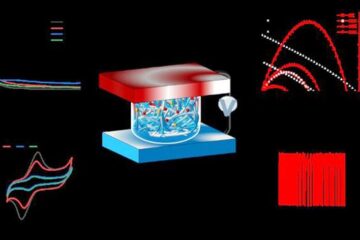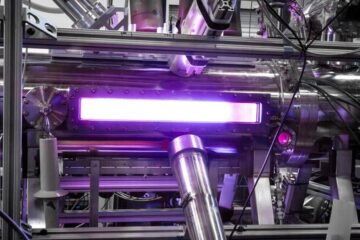Pan-European study on “Smart Engineering”

Keep Europe competitive – this is the reason why the EU supports small and medium-sized enterprises on their way to smart industry. Photo credit: CC0 Public Domain
Smart engineering and networked systems revolutionize production industry. Machines learn how to intercommunicate and autonomously keep supplies coming, as soon as parts run low. Automated guided vehicles transport parts from the warehouse to the machine or they transport finished products to the shipping department. In modern factories, data is collected around the clock. With systematic data evaluation, companies can for example reduce maintenance costs and improve the quality of their products.
Small and medium-sized enterprises can also benefit from these developments. However, “the majority of SME managers is neither really aware of the basic developments and state-of-the-art of smart industry, nor do they have an idea how to deal with this issue professionally in their own company” – the tenor of an EU working paper on smart engineering.
“Other competitive markets, such as North America or Eastern Asia, seem to be much better prepared which should give Europe reason to worry.” Though many countries have already developed strategies to support countries on their way towards Industry 4.0, national activities mostly fail to provide opportunities for knowledge transfer and mutual learning. For this reason, the benefit for small and medium-sized companies remains limited.
To support the competitiveness of European SMEs, the European Union has initiated the research project “SMeART”. 15 research institutions and companies from seven countries are involved – among them the University of Applied Sciences for SMEs (FHM) and the Institut für Integrierte Produktion Hannover (IPH).
Within the scope of the pan-European study, researchers will assess the status quo to get an overview of all funding initiatives of the 28 member states and to create a funding map in six languages (English, German, Spanish, Italian, Dutch and Slovenian). The map will show which regions are still in need of specific funding programmes.
Furthermore, the researchers will develop a stress test tool, giving small and medium-sized enterprises a means to find out their individual situation, i.e. how far they have already come on their way towards smart engineering and where they lag behind their competitors. In pilot projects, researchers will support selected companies in taking their next steps – for example when introducing new technologies.
Based on the research results, the European Union’s aim is to provide specific support to small and medium-sized enterprises to promote their transfer to smart industry – thus making them stay competitive compared to their international competitors. The research project “SMeART” is funded by the EU with about one million euros. The abbreviation stands for “Knowledge Alliance for Upskilling Europe’s SMEs to meet the challenges of Smart Engineering”. The project duration ends in December 2019.
For further information, please refer to http://www.smeart.iph-hannover.de
Media Contact
All latest news from the category: Studies and Analyses
innovations-report maintains a wealth of in-depth studies and analyses from a variety of subject areas including business and finance, medicine and pharmacology, ecology and the environment, energy, communications and media, transportation, work, family and leisure.
Newest articles

Superradiant atoms could push the boundaries of how precisely time can be measured
Superradiant atoms can help us measure time more precisely than ever. In a new study, researchers from the University of Copenhagen present a new method for measuring the time interval,…

Ion thermoelectric conversion devices for near room temperature
The electrode sheet of the thermoelectric device consists of ionic hydrogel, which is sandwiched between the electrodes to form, and the Prussian blue on the electrode undergoes a redox reaction…

Zap Energy achieves 37-million-degree temperatures in a compact device
New publication reports record electron temperatures for a small-scale, sheared-flow-stabilized Z-pinch fusion device. In the nine decades since humans first produced fusion reactions, only a few fusion technologies have demonstrated…





















